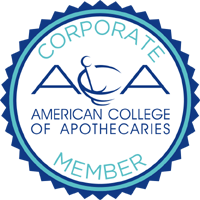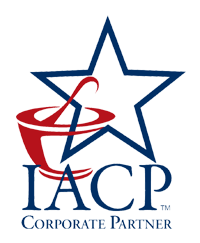
Although suppositories and troches have been around for decades, and your pharmacy has been compounding them for a long while, there’s been a recent boom of new suppository mold and troche mold options. Reusable compounding molds can be a monetary investment, but the cheaper single-use molds are a much larger investment for your pharmacy’s compounding, consultation, and marketing efforts.

When choosing how to invest, you have a lot to consider. Making the wrong investment by buying and using the wrong suppository molds can be a big setback, which is why we want to show you how it can happen. If you find yourself making these mistakes, take a second, and review your purchase’s money-back guarantee.
Disregard need to scale up
Compounding pharmacists at independent pharmacies are usually more growth-driven and goal-oriented than pharmacists at the big chains, but they don’t have to be. An easy way to overcome this mindset and have stagnant growth for your compounding business is to use equipment that limits your volume. If you can only compound 30 troches or suppositories at a time, you won’t have to worry about making batches of your fast movers to have on hand for the next patient because it’ll be too impractical to do. You can buy suppository molds, or troche molds that take a long time to set-up and take extra time to use, so you can make sure you’ll only be able to compound what you need at that time, instead of planning for prescriptions you’ll need in the next week or so.
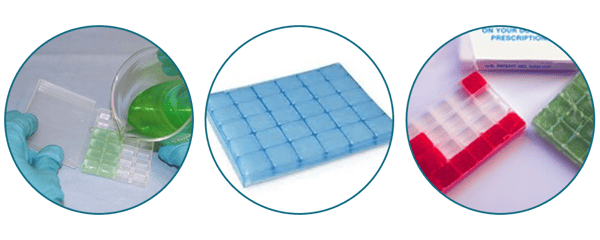 Plastic troche molds are time-consuming and inherently limit your batch options.
Plastic troche molds are time-consuming and inherently limit your batch options.
Additionally, using limiting technology can make sure your labor costs and turnaround compounding time stay high, and patients pay more. All in all, using limiting suppository molds is such an easy way to make sure your pharmacy business looks the same next year as it did a few years ago.
Assume that you’re ONLY going to make large batches of suppositories or troches
This isn’t contradictory to the last point- it’s the other side of the same coin. If you don’t plan your batches ahead, you’ll be sure to buy the wrong suppository mold.
Suppository or troche molds with high numbers of cavities are great for progesterone, tadalafil, and LDN, but what about highly specialized drug combinations that most compounders only fill periodically throughout the year? If a patient only needs one troche daily, picks up a one month supply, and then discontinues their prescription, you’re sitting on unneeded stock and wasted inventory.
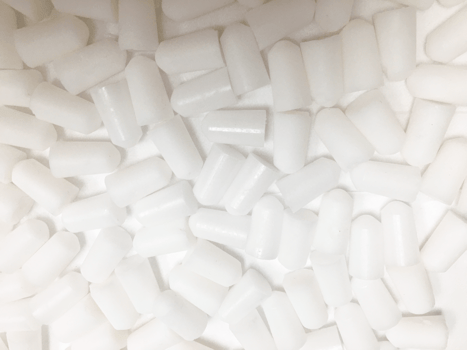
To choose the wrong mold, purchase suppository molds that make it difficult to prepare the correct quantity of your most common types of prescriptions. This way, you take small losses again and again. Ignore the fact that as a compounding pharmacy, you make customized prescriptions for your patients but can ONLY make hundreds of every preparation because your mold doesn’t have grouped cavities. Keep in mind that even though some large molds are easy to use, it’s still additional labor time to fill 400 suppositories if you only need 60.
Don’t worry about physicians’ base preferences
Does the mold work with the base you use? Do you really need to consider that patients might have sensitivities, or that doctors may have unusual requests? Do patients need suppositories that absorb quickly? If you don’t care about ordering the wrong molds and designing the wrong formulary, then you don’t have to take these questions into concern. Feel free to order troche or suppository molds without finding out which bases they're compatible with or considering what your doctors may prefer.
Ignore patient comfort
Pharmacies that don’t concern themselves with patient comfort don’t need to worry about returning patients.

Overly large troches can be uncomfortable in the mouth and take longer to absorb, which can cause irritation (and is obviously less than ideal for ED medications). However, to choose the wrong troche or suppository mold, ignore the fact that large and uncomfortable suppositories will likely be inserted improperly, cause more leakage, messiness, and ultimately reduce patient compliance. Worst case scenario to ignore is the possibility that inserting objects incorrectly or with a sharp applicator into especially fragile vaginal tissue can be painful or cause injury. Don’t consider what you personally would prefer as a patient when choosing your troche or suppository mold (including available applicators).
Forget about API capacity with your troche or suppository mold
Smaller usually means more comfortable, but it also means lower API capacity (Active ingredients). If you don’t care about API capacity, don’t worry about the size. Tiny troches may have impractically low API capacities, but that doesn’t matter if you don’t think about it.
Likewise, if you choose a troche or suppository mold with a larger cavity than necessary then you get to use more base. Instead of choosing a mold and designing a work process that will fit most of your needs, you can choose a suppository mold, for example, that fits up to 600 mg when you usually don’t dispense more than 250 mg. That extra capacity will be accounted for with extra suppository base. Likewise, you can get a troche mold with a lot of space for API you don’t need. It’s a two for one deal of bad side effects: paying for unnecessary material for you, and longer absorption times for the patient.
Make sure your staff needs extra training
Every pharmacy manager loves scheduling extra time in the day for training, right? Use molds that require great skill acquired over time instead of molds that almost anyone can use. It eliminates the opportunity for interns or new staff to compound prescriptions. Molds that require patience and precision to fill individual cavities will allow your pharmacy to really utilize your most experienced compounder and no one else.
Let your staff use out-dated technology
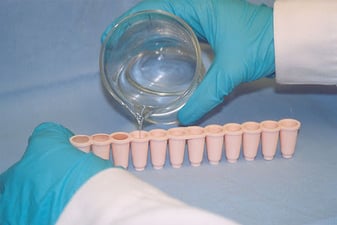 I know better than most how reluctant the compounding staff can be to adopt new products or methodologies. I’ve heard from scores of pharmacists that they like the idea of new technology, but they can’t get their staff to use it only because the lab staff are so used to the same product. Lean into this problematic attitude to choose the wrong suppository or troche mold. From my experience in a compounding pharmacy, I saw this avoidance in two types of prescriptions: syringes and troches. Both were very time-consuming, and required compounders to fill individual units (syringes or troche cavities).
I know better than most how reluctant the compounding staff can be to adopt new products or methodologies. I’ve heard from scores of pharmacists that they like the idea of new technology, but they can’t get their staff to use it only because the lab staff are so used to the same product. Lean into this problematic attitude to choose the wrong suppository or troche mold. From my experience in a compounding pharmacy, I saw this avoidance in two types of prescriptions: syringes and troches. Both were very time-consuming, and required compounders to fill individual units (syringes or troche cavities).Let them spend more time filling fewer prescriptions just because that’s what they’re used to. Sure, transitioning to a new mold can be pretty easy, and formulas need to be updated anyways, but that’s not important when you’re buying the wrong compounding mold. Give your staff something to feel unenthused about it.
Overlook titrating needs
So what that HRT patients often need to titrate over a few months to find their right dose? Your molds don’t allow for it, so that’s just something your patients will have to deal with.
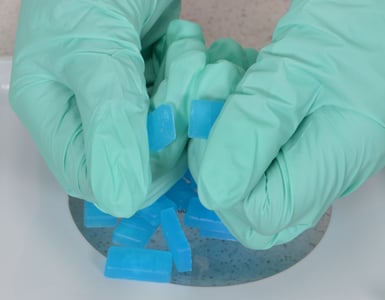
And even though low-dose naltrexone is growing in popularity, and prescribed by practitioners of various specialties, your pharmacy doesn’t have to gain a competitive edge when compounding LDN troches. Choose a mold that makes troches that are hard to split evenly, or better yet keep dispensing and charging patients for 3 or 4 strengths of LDN, and compounding multiple batches of capsules instead of choosing a troche mold that’s designed to be easy to score, thus easy to titrate.
You can also choose a suppository mold that’s big enough it’s impractical for patients to insert multiple suppositories at a time, based on their dosage needs.
If you continue to use outdated troche or suppository molds, you can keep making your compounders make one of the most arduous prescriptions. Buying old-fashioned molds is a safe bet that the compounding process will take just as long, you’ll be able to compound the same amount of prescriptions as last year, will have the same products to show prescribers, and remain static in a changing industry.
If you need help choosing the right mold, I am delighted to tell you that we look forward to meeting you, learn about your company and compounding needs, and to recommend the best compounding troche or suppository mold options to best fit your compounding needs today, and tomorrow.











